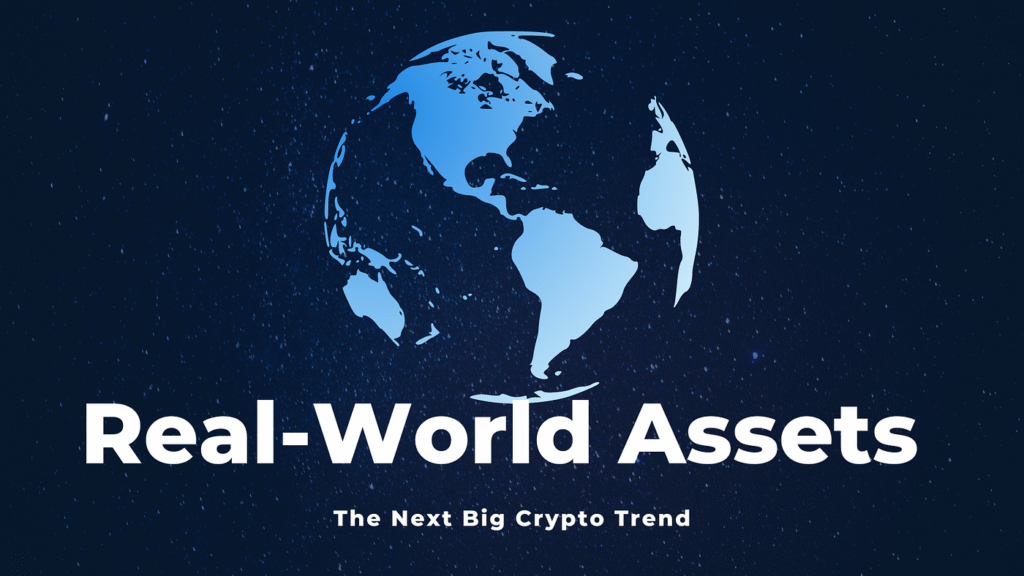Introduction
The world of crypto is rapidly evolving. As the space matures, a new and exciting narrative is emerging: Real-World Assets (RWAs). These are physical or traditional financial assets — such as real estate, stocks, or commodities — represented on the blockchain through tokenization. But why is this concept capturing the attention of institutions and retail investors alike?
What Are Real-World Assets (RWAs)?
Real-world assets refer to tangible or traditional financial instruments that are tokenized — digitally represented on a blockchain. These can include:
- Real estate properties
- Precious metals like gold or silver
- Corporate bonds or government treasuries
- Stock shares or private equity
- Fine art, collectibles, even luxury cars
Tokenizing these assets means they can be traded in fractional amounts, 24/7, globally, with transparency and minimal intermediaries.
Why Are RWAs So Important?
- Liquidity for Illiquid Markets
Traditionally, assets like real estate or private equity are hard to sell quickly. Tokenization enables instant, fractional liquidity, allowing users to trade portions of these assets like cryptocurrencies. - Increased Accessibility
Through RWA tokens, investors worldwide can access markets that were once limited to institutions or accredited investors. - Transparency and Immutability
All transactions and ownership records are recorded on-chain, reducing the risk of fraud and improving auditability. - Programmability and Automation
Smart contracts allow for automated dividend payouts, interest accrual, or rent distribution — reducing overhead and manual processes.
Who’s Leading the Charge?
Projects like Ondo Finance, Centrifuge, and Maple Finance are building bridges between the traditional financial world and DeFi using RWAs. Meanwhile, major institutions like BlackRock are experimenting with tokenized bonds on blockchain rails.
On platforms like Binance, several RWA-focused tokens are now available for trading — a sign that this movement is scaling fast.
🔗 Trade emerging RWA tokens securely on Binance
How Are RWAs Being Used Today?
- Tokenized Treasury Bills: Investors can earn stable, real-world yield through DeFi protocols that tokenize short-term bonds.
- Fractional Real Estate Ownership: Buy into a building in New York or Dubai with as little as $100 via blockchain-based property tokens.
- Commodity Tokens: Assets like gold can now be bought, sold, and stored digitally, with the physical commodity backing each token.
Challenges Ahead
Despite the potential, RWAs come with hurdles:
- Regulatory Uncertainty: Each jurisdiction views asset tokenization differently.
- Custody Concerns: Who actually holds the real asset? What happens if the issuer defaults?
- Interoperability & Standards: Without unified frameworks, integrating RWAs across platforms can be messy.
That said, hardware wallets like Ledger offer a secure way to store RWA tokens, especially those with real financial backing.
🔐 Affiliate link: Secure your tokenized assets with Ledger hardware wallets.
Is This the Future of Crypto?
RWAs have the power to reshape global finance by bringing trillions of dollars in traditional assets into the blockchain ecosystem. For DeFi protocols, this offers a path to sustainable yield and reduced reliance on speculative token models.
Final Thoughts
If crypto’s first wave was about disrupting finance, the next may be about connecting it. Real-world assets could serve as the bridge between Web3 innovation and mainstream adoption. Whether you’re an investor, developer, or just curious, RWAs are a trend you shouldn’t ignore.



